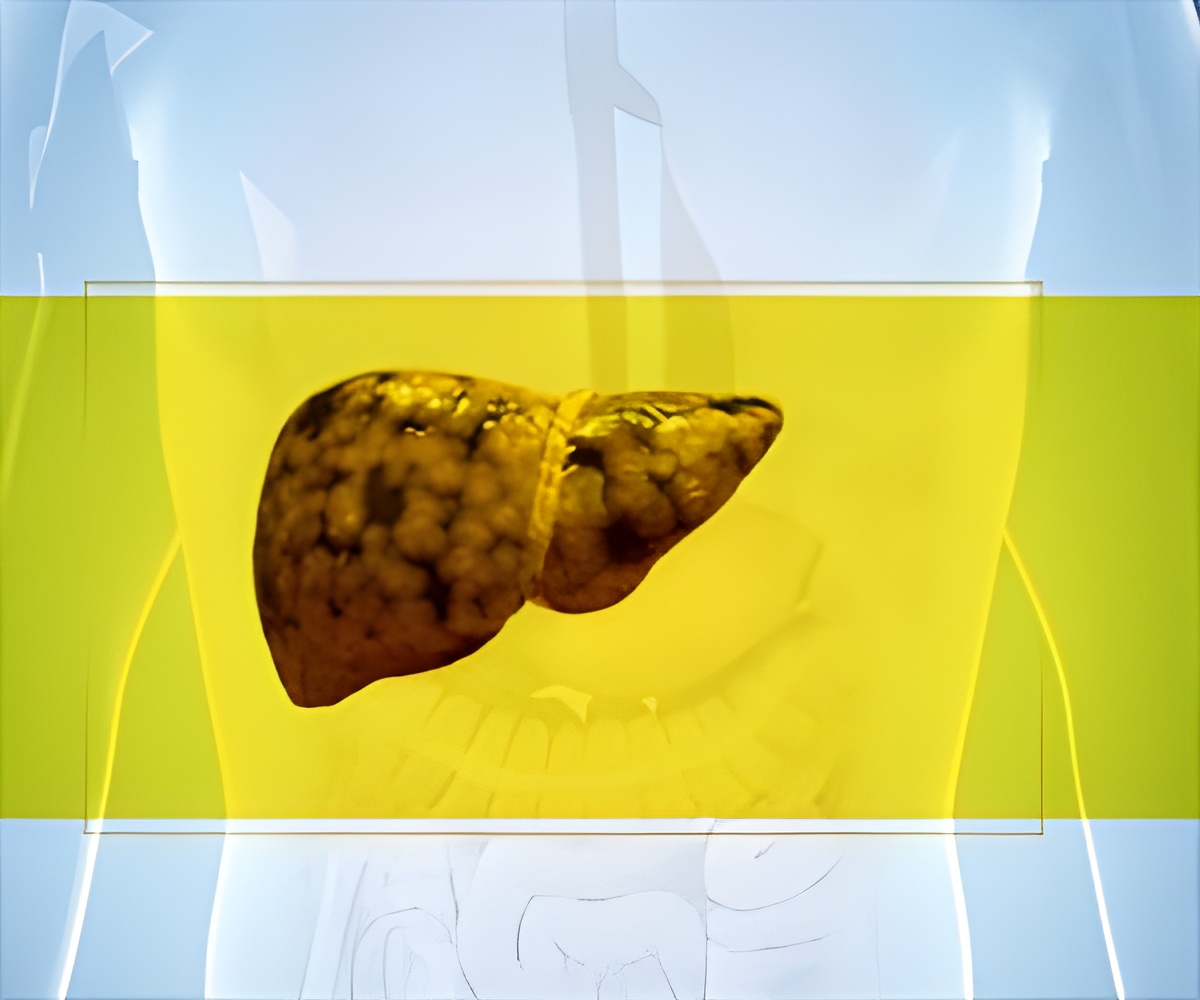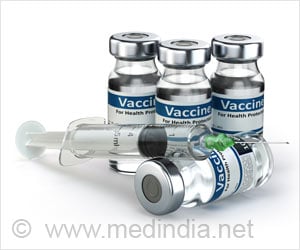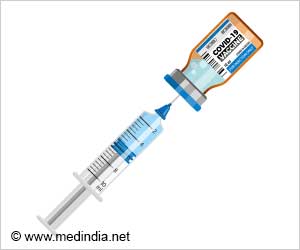Alcohol-related liver disease (ALD) is a fatal condition affecting more than 150 million people worldwide with no treatment available besides transplant. Now, researchers identified key targets for treating ALD.

TOP INSIGHT
Connexin 32 could be the new possible effective target for treating alcohol-related liver disease, as it is a key regulator of cGAS-driven IRF3 activation.
Read More..
"Now that we know the key players in this pathway, we finally have drug targets for treatment development," says Luther. "Until now, we haven't had any successful leads. Meanwhile, the number of patients has grown."
Researchers already knew that liver cell (hepatocyte) death in ALD is driven by IFN regulatory factor (IRF3). That process also fuels a strong secondary inflammatory response that affects nearby cells and can eventually lead to liver failure. But scientists have been puzzling over how alcohol activates IRF3 and which pathways amplify the inflammatory signals that make the disease spread throughout the liver. As a result of that process, ALD attacks the liver at a certain point regardless of whether the patient is still drinking alcohol.
"Until now, now we had only few clues about why alcohol-related liver disease progresses the way it does, but this research fills in key pieces of the puzzle," says Patel.
In their studies, the team analyzed liver cells from patients, with a wide range in degree of disease severity, using RNA-sequencing. Their analysis showed that the level of cGAS expression was related to the degree of disease.
The Mass General-led team determined that cytoplasmic sensor cyclic guanosine monophosphate-adenosine monophosphate (AMP) synthase (cGAS) drives IRF3 activation in both liver cells directly injured by alcohol as well as neighboring cells. They also pinpointed connexin 32 (Cx32) as a possible new drug target, as it is a key regulator of cGAS-driven IRF3 activation.
Source-Eurekalert
 MEDINDIA
MEDINDIA

 Email
Email










